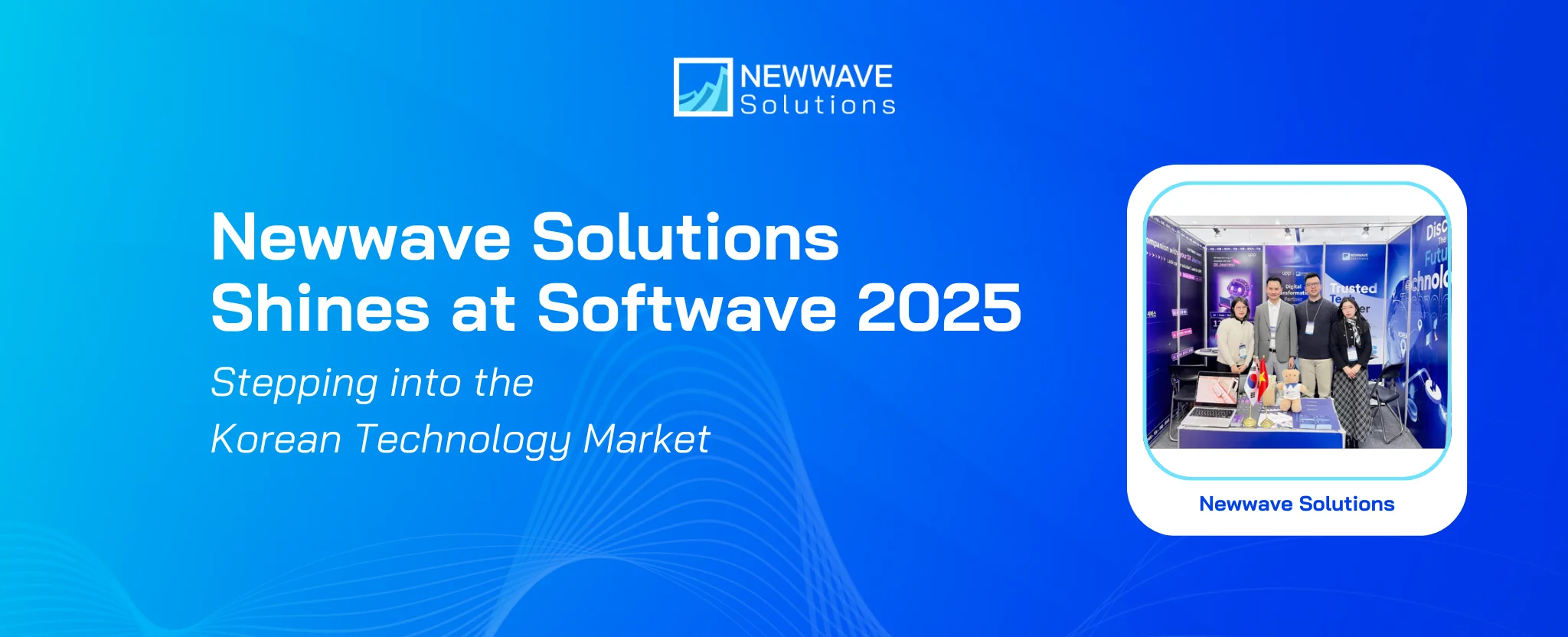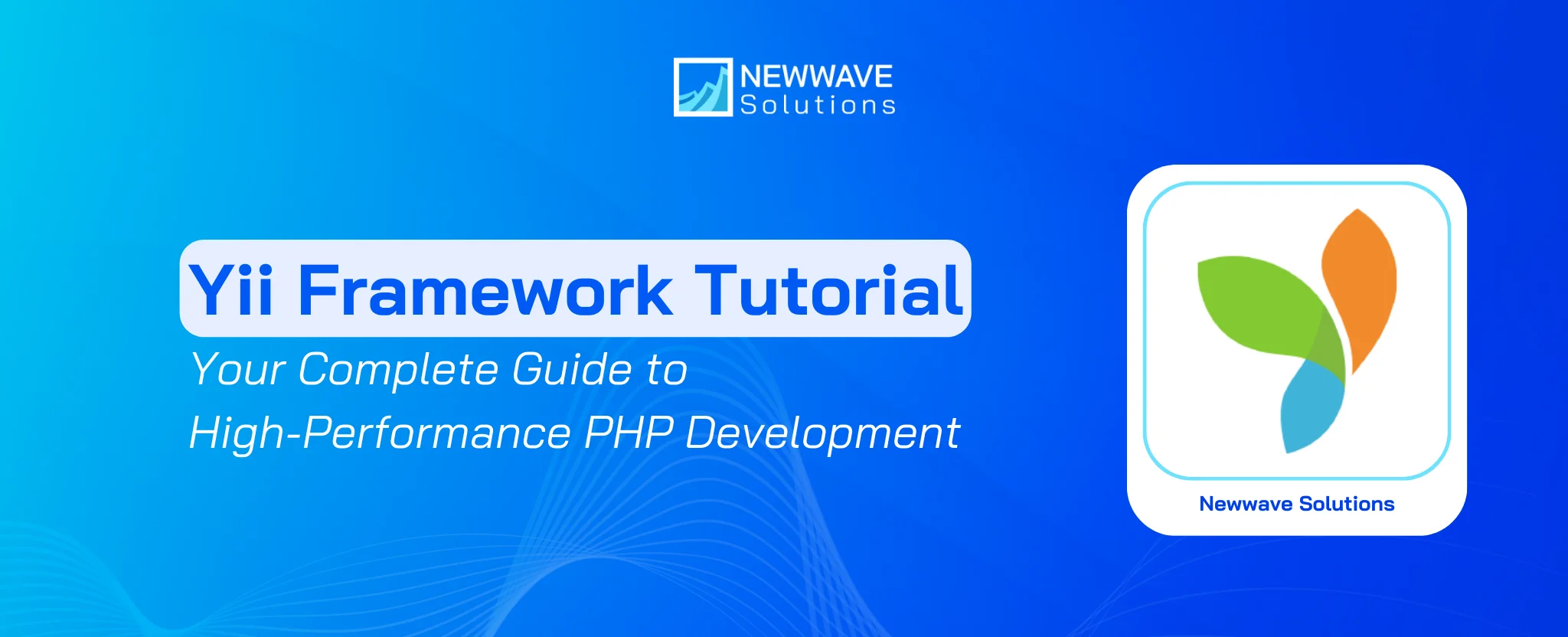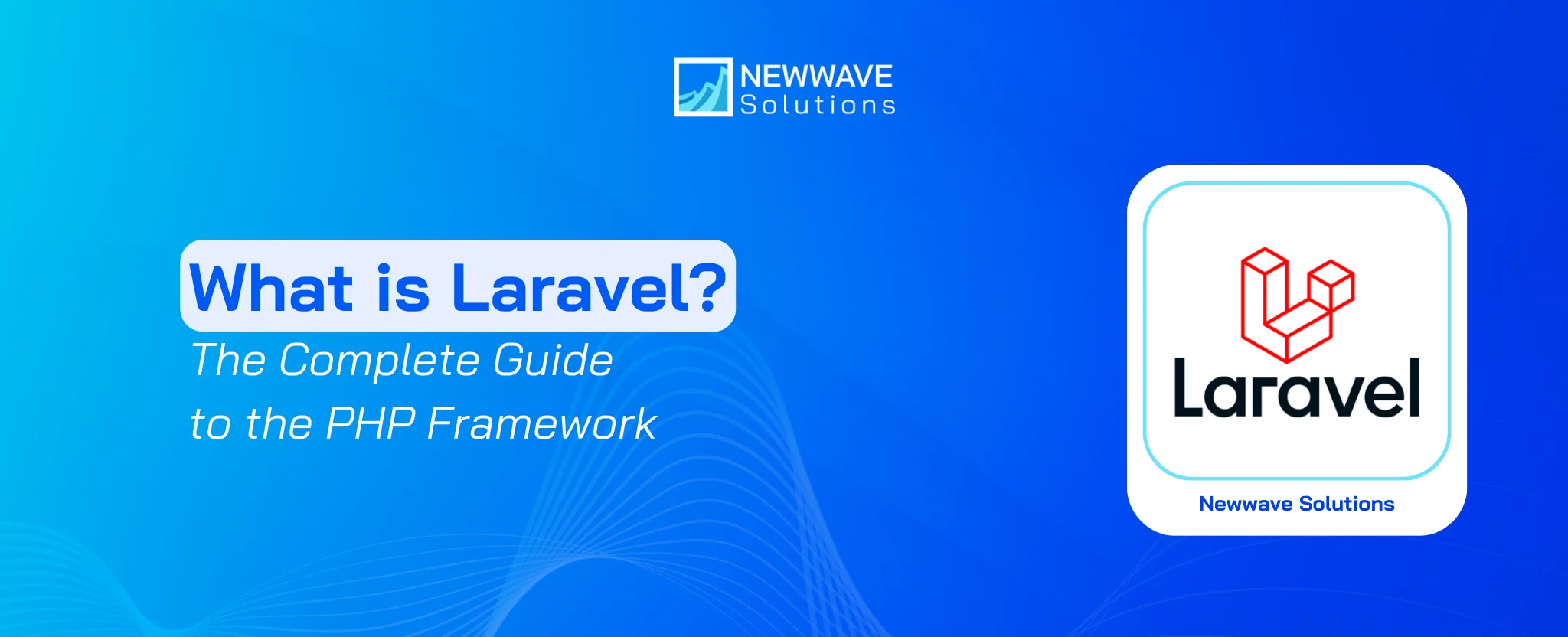AWS Development: Unlocking Strategic Advantage in the Cloud

Downtime costs millions; scaling too late loses customers; innovation stalls when hardware holds you back. These challenges explain why AWS development has become the backbone of modern IT strategies. With the right approach, AWS can help businesses reduce risk, unlock agility, and innovate continuously. But is AWS always the right choice? And how do you actually maximize its value? Let’s dive into this blog.
What is AWS?
AWS (Amazon Web Services) is the world’s leading cloud computing platform, trusted by millions of businesses in over 190 countries. What started in 2006 as a way to rent basic infrastructure—servers, storage, and databases—has evolved into a comprehensive ecosystem of more than 200 services that cover nearly every area of technology. Today, AWS powers not just websites, but also enterprise applications, AI and machine learning models, big data analytics, IoT devices, and even quantum experiments.
- Market leadership: AWS holds ~30% of the global cloud market (DataCentre).
- Scale: Over 200 fully featured services across 33 geographic regions and 105 Availability Zones.
- Agility: From small startups to global enterprises, AWS supports rapid innovation cycles with lower upfront costs.
Simply put, AWS is no longer just infrastructure; it’s a growth accelerator. Whether you’re scaling a startup MVP or modernizing an enterprise system, AWS application development services provide the foundation to innovate without limits.
What is AWS Development?
AWS development is the practice of building, deploying, and managing software applications by leveraging this vast ecosystem of AWS services. Instead of constructing applications from the ground up with physical hardware and foundational software, developers use AWS’s on-demand, pay-as-you-go building blocks to create scalable and sophisticated solutions with unprecedented speed. This goes far beyond simply renting a virtual server. Modern AWS development involves architecting systems that seamlessly integrate multiple specialized services.
For example, a developer might:
-
Use AWS Lambda to run code without provisioning servers, responding to events in real-time.
-
Store application data in Amazon DynamoDB (a NoSQL database) or Amazon RDS (a relational database service).
-
Use Amazon SageMaker to build, train, and deploy machine learning models directly into their application.
-
Ensure their global application is secure and performant using services like Amazon CloudFront (a content delivery network) and AWS WAF (a web application firewall).
Therefore, AWS development is less about traditional IT administration and more about strategically composing the right mix of cloud services to build resilient, efficient, and innovative applications that can scale from a startup prototype to a global enterprise workload.
What is AWS used for?
AWS isn’t just cloud storage—it’s a full-stack development ecosystem. Its modular services enable organizations to architect resilient, high-performance systems while cutting infrastructure overhead. Here’s where AWS development is making the biggest technical impact:
1. Web Hosting
You face the risk of websites crashing during sudden traffic surges. With AWS, applications run on EC2 instances, traffic is distributed by Elastic Load Balancing, and Auto Scaling ensures capacity adjusts automatically. CloudFront then accelerates delivery by caching content at edge locations worldwide, while WAF and Shield protect against malicious traffic. The result is cost-efficient, secure, and highly available web hosting.
AWS delivers a proven foundation for high-traffic web hosting:
- Scalable infrastructure: Handles sudden traffic spikes without upfront hardware investment.
- All-in-one ecosystem: EC2, ELB, Auto Scaling, CloudFront, WAF, and Shield integrate seamlessly.
- Cost efficiency: Pay-as-you-go pricing prevents overspending on idle resources.
For example, Airbnb relies on this model to keep millions of listings accessible, even during peak holiday seasons, without overspending on idle infrastructure.
2. Application Development
Modern applications demand agility and constant updates. AWS supports this through two models: serverless and containerized. With Lambda, code runs automatically in response to events—like an API call or database update—charging only for execution time. Meanwhile, ECS and EKS manage containerized apps, with Fargate removing the need to manage servers. Integrated DevOps tools like CodePipeline and CodeBuild streamline CI/CD.
AWS stands out as a flexible platform for modern application development:
- Flexible models: Supports serverless, containerized, and hybrid approaches.
- Built-in DevOps automation: CodePipeline, CodeBuild, and CodeDeploy streamline CI/CD.
- Microservices scalability: ECS, EKS, and Fargate simplify deployment and management.
Netflix applies this model to run its microservices architecture, allowing billions of daily interactions to scale seamlessly while new features are rolled out continuously without downtime.
3. Data Storage & Backup
Data is a company’s most valuable asset, but keeping it safe, accessible, and cost-efficient is a constant challenge. AWS solves this with S3, designed for eleven nines of durability, and lifecycle rules that move older data into Glacier or Deep Archive. For workloads requiring fast access, EBS or EFS provide low-latency storage. Encryption and replication ensure compliance and resilience even if a region goes down.
AWS provides unmatched durability and compliance for enterprise data storage:
- Extreme durability: S3 ensures eleven nines of durability with multiple storage tiers.
- Variety of options: EBS, EFS, and FSx fit workloads from transactions to distributed file systems.
- Compliance readiness: HIPAA, GDPR, SOC, and ISO certifications support regulated industries.
Pinterest depends on this setup to manage petabytes of images uploaded daily, keeping them instantly available while optimizing long-term costs.
4. Big Data & Analytics
Enterprises generate enormous volumes of data that only deliver value if they can be analyzed quickly. On AWS, data lakes are built on S3, with Glue and Lake Formation handling cataloging and permissions. EMR supports large-scale processing, while Athena and Redshift provide serverless queries and data warehousing for business intelligence. Real-time pipelines are enabled by Kinesis or MSK.
AWS enables enterprises to transform massive datasets into actionable insights:
- Native data lake foundation: S3 enables scalable, centralized data lakes.
- Comprehensive analytics stack: Glue, EMR, Redshift, and Athena cover ETL, processing, and BI queries.
- Real-time pipelines: Kinesis and MSK deliver instant insights for fraud detection and personalization.
FINRA uses this ecosystem to analyze more than 75 billion market events every day, reducing fraud detection time from hours to near real time and ensuring market integrity.
>> Discover more of our enterprise solutions, including powerful ERP software services and CRM software services
5. Machine Learning & AI

Building and deploying machine learning (ML) models traditionally requires a small army of specialized experts and a massive investment in computing power. AWS fundamentally changes this equation, offering a suite of AI software development solutions that make artificial intelligence accessible and practical for every organization, regardless of their in-house expertise.
For developers and data scientists, services like Amazon SageMaker provide a complete, integrated toolkit for the entire ML lifecycle. It simplifies the complex process of preparing data, building, training, and deploying custom ML models at scale, dramatically reducing the time and resources required.
For teams looking to add intelligent features without building models from scratch, AWS offers powerful, pre-trained AI services. These are simple API calls that can be integrated directly into applications:
- Rekognition to identify objects and people in images and videos.
- Polly to turn text into lifelike speech.
- Comprehend to analyze text for sentiment and meaning.
For the cutting edge of Generative AI, Amazon Bedrock provides secure access to a variety of top foundation models from leading AI companies. This allows developers to experiment and build generative AI applications—like intelligent chatbots and content creators—with built-in governance and security, ensuring responsible innovation.
6. IoT Solutions
Connected devices require secure communication and low-latency responses. AWS IoT Core allows billions of devices to connect via MQTT or HTTP with authentication, while IoT Greengrass runs code and ML models locally at the edge. For ultra-low latency, AWS Wavelength brings compute into 5G networks.
AWS powers secure, low-latency IoT ecosystems at global scale:
- Secure device connectivity: IoT Core scales to billions of devices with standard protocols.
- Local edge processing: Greengrass executes code and ML locally to minimize latency.
- 5G integration: Wavelength embeds compute into telecom networks for ultra-low latency use cases.
Philips applies these technologies in healthcare, where patient vitals are processed locally for instant alerts and streamed to AWS for deeper analytics and long-term storage. This edge-cloud hybrid model improves patient outcomes while ensuring compliance.
>> Explore what we can offer in IoT software development services
Famous AWS Use Cases on the World
The real proof of AWS’s impact isn’t in brochures—it’s in the businesses that run on it. From unicorn startups to household brands, AWS quietly powers some of the most demanding workloads in the world:

1. Netflix
Netflix faced the challenge of delivering billions of hours of video every month without buffering or downtime. By running almost its entire infrastructure on AWS, it combines Amazon S3 for massive media storage, CloudFront to stream content from the closest edge locations, and Lambda for automated backend tasks. AWS’s autoscaling adjusts server capacity in real time, expanding during peak releases and shrinking during off-hours. The result is more than 99.99% uptime, seamless viewing for 238M+ subscribers worldwide, and the ability to roll out new features without interrupting service.
2. Airbnb
Airbnb needed a platform that could scale globally while handling unpredictable surges in demand, especially around holiday seasons. On AWS, it uses EC2 for compute, RDS for relational data, and S3 for storage. By distributing workloads across multiple Availability Zones, AWS ensures that even if one data center fails, booking systems stay online. This architecture not only enables scalability but also builds reliability and trust, allowing millions of daily bookings without performance degradation.
3. Slack
Slack’s challenge was delivering a real-time messaging platform to millions of concurrent users while meeting strict enterprise security standards. Built on AWS compute and storage services, Slack uses CloudWatch to monitor message delivery in near real time and relies on AWS compliance certifications to serve clients in regulated industries. The result is a platform that remains responsive—with message delivery measured in milliseconds—and secure, even under heavy enterprise workloads.
From Netflix streaming to millions and Airbnb managing global bookings, to Slack powering enterprise collaboration, we have a clear pattern emerges: AWS is more than just infrastructure; it’s the engine that transforms digital ambition into scalable, reliable reality.
AWS, Azure vs Google Cloud – Which is better?
Choosing between Amazon Web Services (AWS), Microsoft Azure, and Google Cloud Platform (GCP) is one of the most critical technology decisions a modern business can make. It’s a decision that goes far beyond technical specs; it’s about selecting a strategic partner that aligns with your company’s goals, culture, and future roadmap.
There is no single “best” cloud—there’s only the best cloud for you. The right choice depends entirely on what you need to build, your existing technology investments, and where you plan to grow. The following comparison breaks down the key differences not just in features, but in philosophy, to help you move beyond the hype and identify which platform offers your business the strongest competitive advantage:
| Feature | AWS | Azure | Google Cloud |
| Market Share | ~30% | ~25% | ~11% |
| Strengths | Breadth of services, speed of innovation, global scale | Enterprise integration with Microsoft tools (Office 365, Dynamics) | AI-first, analytics leadership (BigQuery, TensorFlow) |
| Pricing | Flexible but complex | Strong enterprise bundles | Simple, often lower cost in ML workloads |
| Compliance | Industry-leading 100+ certifications | Enterprise compliance focus | AI ethics & sustainability edge |
| Best Fit | Startups, scale-ups, multi-industry enterprises | Enterprises in Microsoft ecosystem | AI/ML-heavy, data-driven firms |
Gartner’s latest research confirms AWS is still the most versatile leader, but smart companies often take a multi-cloud approach. The lesson? Don’t just follow market share, let’s choose the cloud that gives your business the competitive edge.
What Are the Trends in AWS Development?
Cloud innovation never slows—and AWS is consistently at the forefront. What used to be infrastructure-first has transformed into a hub for emerging technologies that redefine how businesses operate, compete, and evolve. Today’s trends in AWS development are not just about efficiency—they’re shaping the future of digital transformation across industries.
1. Generative AI & Machine Learning
One of the most disruptive shifts is Generative AI (GenAI) and Machine Learning. Rather than merely providing infrastructure, AWS now enables AI-powered capabilities like never before. IDC forecasts that by 2026, 70% of cloud and software platform providers will be packaging GenAI safety and governance directly into their core offerings, dramatically reducing risks associated with AI deployment. This underscores how GenAI—and specifically GenAI on AWS—is becoming essential, not experimental.
2. Hybrid & Multi-Cloud
Enterprises increasingly pursue multi-cloud strategies to avoid vendor lock-in and meet regulatory requirements. AWS addresses this with Outposts and EKS Anywhere, which allow workloads to run on-premises or across multiple providers while staying consistent with AWS tooling. According to Flexera’s 2024 State of the Cloud Report, over 87% of enterprises now rely on multi-cloud. For AWS development, this flexibility enables businesses to balance performance, compliance, and resilience in ways that a single-cloud approach cannot.
3. Green Cloud & Sustainability
Sustainability has become a board-level priority, and AWS has committed to powering its operations with 100% renewable energy by 2025. Running workloads on AWS doesn’t just lower infrastructure costs—it also reduces carbon emissions. Research from Accenture suggests that migrating to cloud can cut carbon footprints by up to 65%. For companies, building on AWS supports both operational efficiency and ESG goals, turning cloud strategy into a sustainability strategy.
Frequently Asked Questions
Is AWS a developer tool?
AWS is not just a single developer tool—it’s a full cloud development platform that supports the entire software lifecycle. Beyond infrastructure, it provides CI/CD pipelines (CodePipeline, CodeBuild), infrastructure as code (CloudFormation, CDK), and serverless computing with Lambda. Developers also leverage containers (ECS, EKS), AI/ML services (SageMaker, Bedrock, Rekognition), and monitoring tools (CloudWatch, X-Ray) to build, deploy, and optimize applications. This makes AWS development services a complete ecosystem for modern software delivery, from MVPs to enterprise-grade systems.
How does AWS development help reduce costs?
AWS development lowers costs by shifting from capital-intensive hardware to a flexible, consumption-based model. In addition to pay-as-you-go pricing, AWS offers Reserved Instances and Spot Instances for predictable or flexible workloads, helping companies cut expenses by up to 70%. Combined with auto scaling and monitoring tools, businesses only pay for what they use and can continuously optimize their cloud spend.
What developer tools does AWS provide?
Rather than being a single “developer tool,” AWS offers a full suite of services for the entire application lifecycle. Developers use CodePipeline, CodeCommit, and CodeBuild for CI/CD, CloudFormation and CDK for infrastructure as code, Cloud9 for a cloud-based IDE, and X-Ray for application tracing. These tools work together to reduce manual effort and make deployments faster, more consistent, and more reliable.
Is AWS development suitable for small businesses?
Yes. AWS development is often the best option for small businesses because it gives them access to enterprise-grade infrastructure without upfront investment. A startup can launch on serverless services like Lambda and DynamoDB, scale automatically as usage grows, and shut down unused capacity to save money. This flexibility lets smaller companies compete effectively with larger players.
How is data protected on the AWS platform?
AWS secures data at multiple layers. Encryption is available both at rest and in transit using KMS and TLS. Identity and Access Management (IAM) enforces least-privilege access, while services like GuardDuty and CloudTrail provide threat detection and audit logs. On top of that, AWS complies with major standards such as ISO, GDPR, HIPAA, and SOC, giving businesses the confidence that workloads meet global regulatory requirements.
How do AWS development services integrate with DevOps pipelines?
AWS integrates natively with DevOps Development practices through services like CodePipeline, CodeDeploy, and CodeBuild, which automate the path from code commit to production. Developers can combine these with infrastructure-as-code tools like CloudFormation and CDK to spin up consistent environments. Monitoring tools such as CloudWatch and X-Ray then provide real-time visibility into deployments. This makes continuous delivery on AWS faster, safer, and easier to scale.
Can I outsource AWS development services for faster MVP launch?
Absolutely. Outsourcing to a partner specializing in AWS software development services is a highly effective strategy for a faster launch. It provides immediate access to expert teams skilled in building secure, scalable cloud architectures. This approach accelerates your MVP development solutions, allowing you to validate your product idea with real users quickly and cost-effectively, without the delay of recruiting and training an in-house team.
AWS development has become more than just cloud hosting—it’s a strategic enabler of digital growth. From serverless backends to analytics platforms, AWS development services help you scale with confidence. Whether you need a quick MVP or a hardened enterprise stack, Newwave Solutions delivers custom AWS development services with predictable costs and measurable outcomes. Let’s architect to your advantage.
To Quang Duy is the CEO of Newwave Solutions, a leading Vietnamese software company. He is recognized as a standout technology consultant. Connect with him on LinkedIn and Twitter.

Read More Guides
Get stories in your inbox twice a month.
Let’s Connect
Let us know what you need, and out professionals will collaborate with you to find a solution that enables growth.




Leave a Reply